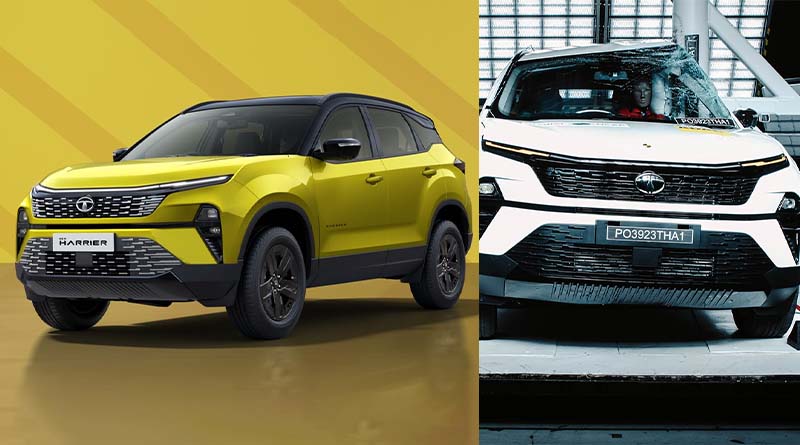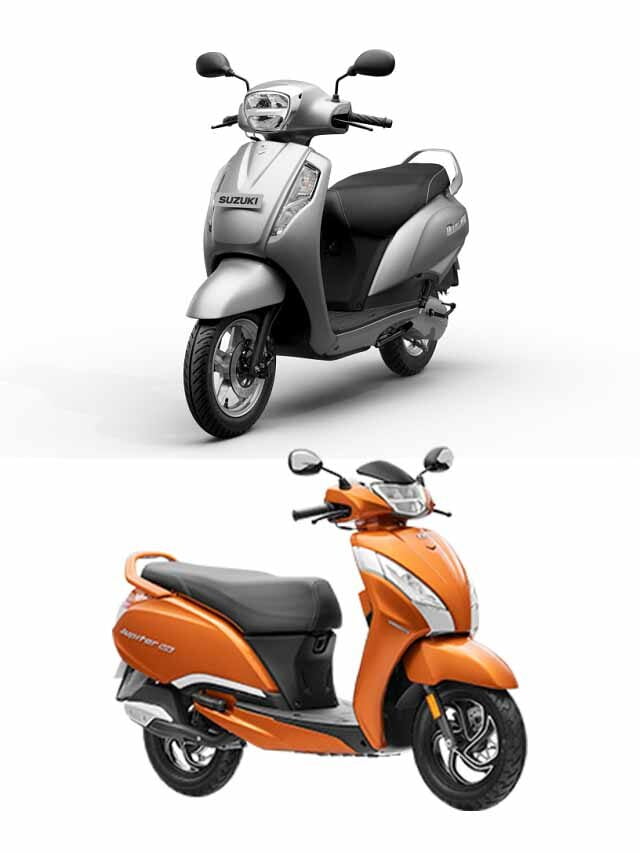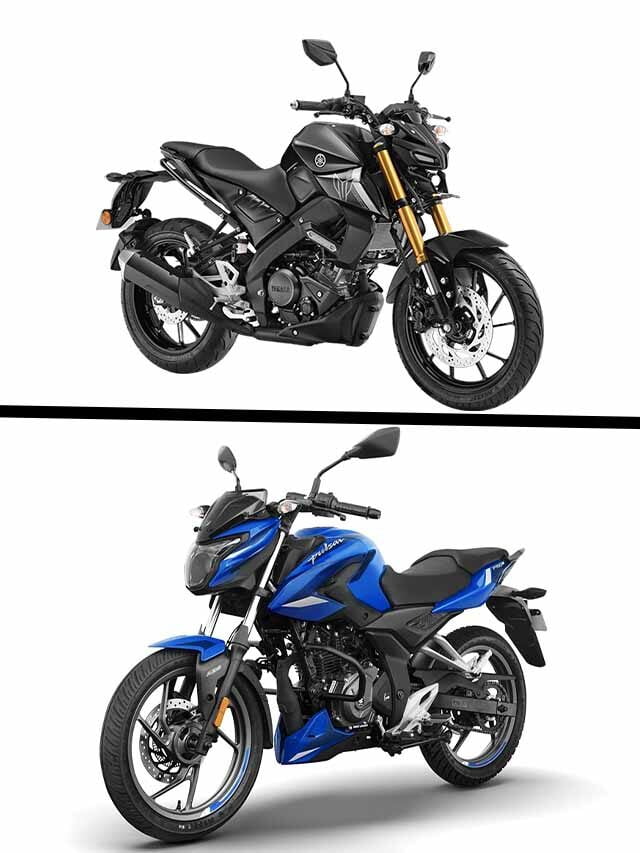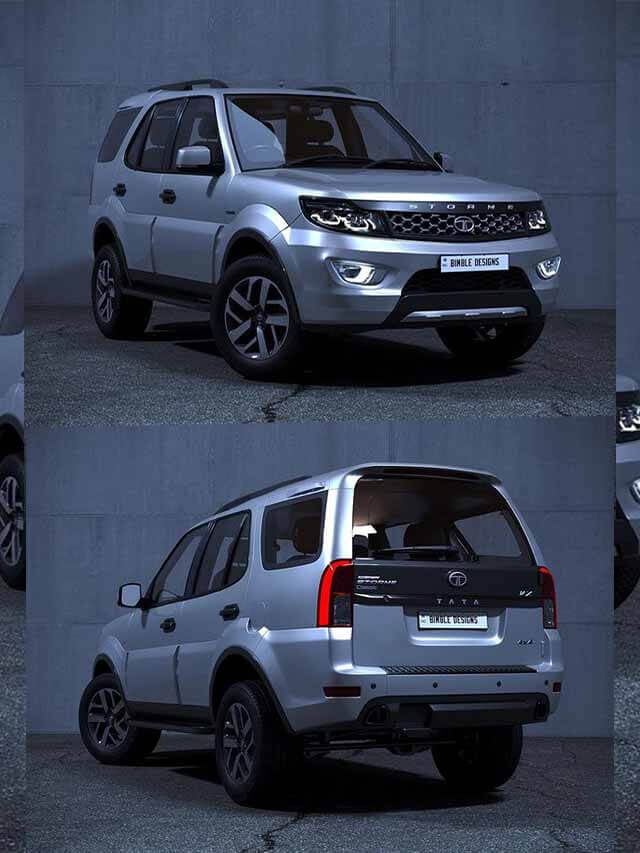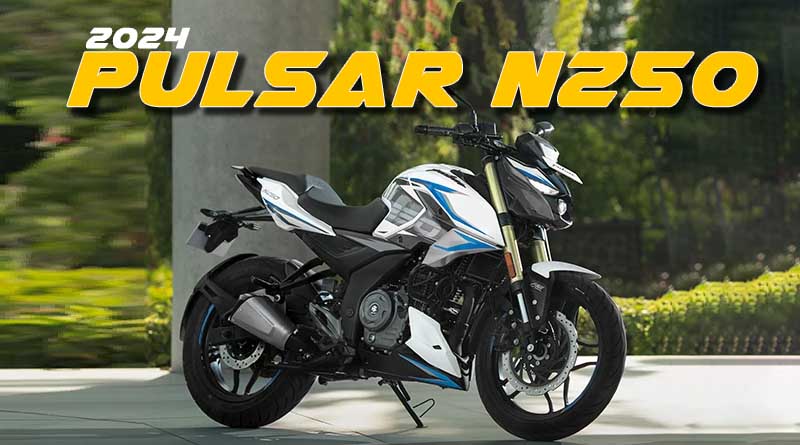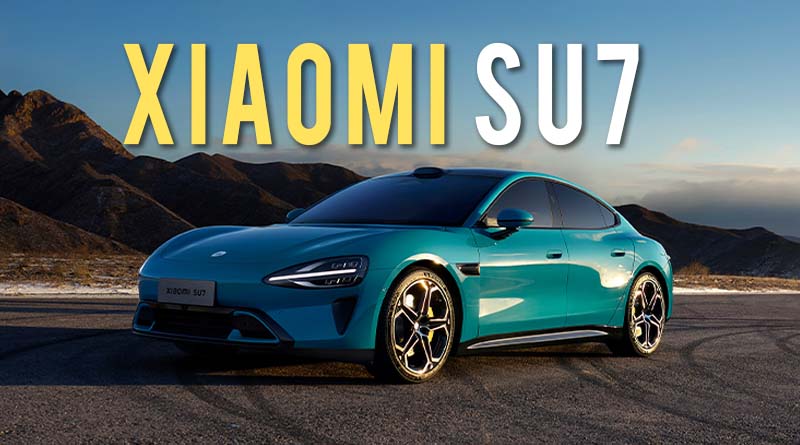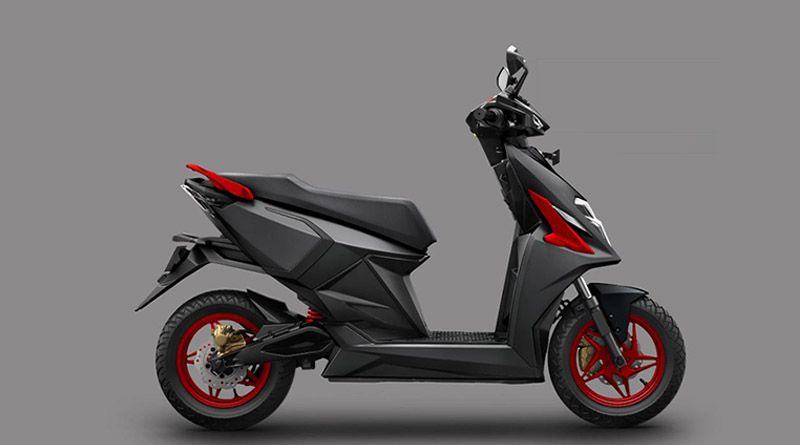Latest Stories
Motorcycles
- 2024 Bajaj Pulsar N250 price, Mileage, Top speed, specifications

- 2024 Bajaj Pulsar NS200 Price, Top Speed, Mileage, specs

- 2024 Hero Xtreme 125R Price, Top Speed, Mileage, specs

- 2023 Yamaha MT-03 Price, Mileage, launch date, Top speed, 0-100 kmph, Features, specs

Cars
- XIAOMI SU7 electric sedan with 800km range revealed – everything you need to know

- Tata Harrier EV Launching in 2024 – What to expect?

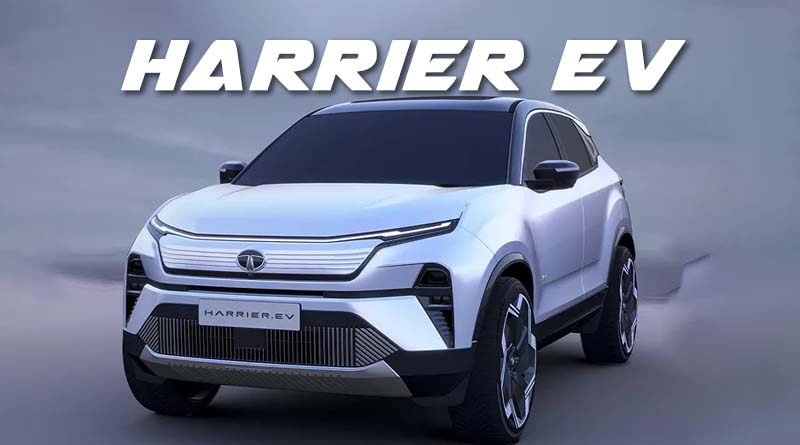
- California’s Cash for Cars: Your Reward for Eco-conscious Driving Choices


- 2024 Tata Harrier Facelift launched at Rs 15.49 lakh – Gets 5 Star GNCAP rating

